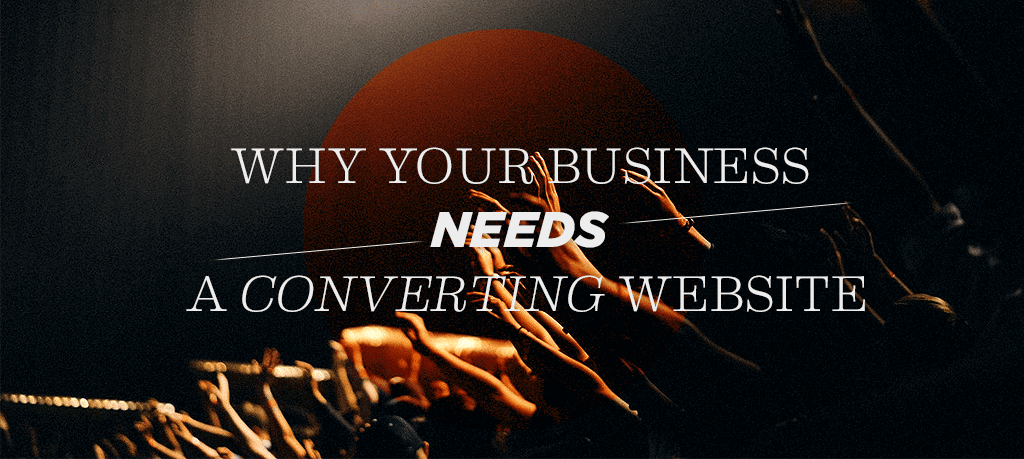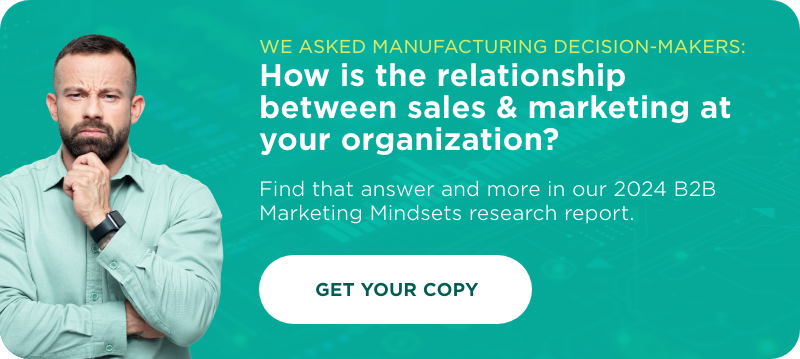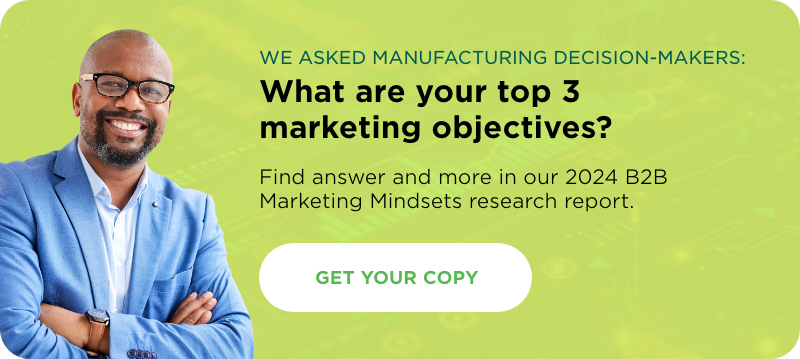How a converting website builds the link between web traffic and closed sales.
As web designers and content marketers, we’ve spent a lot of time talking about how to improve SEO, increase the usability of your design, and build a high converting website. But we’ve noticed that many business owner still struggle to understand how higher website traffic can translate to increased business. And that’s not surprising, so long as they’re still thinking about their website in terms of a business card.
So, let’s try to think about websites like a store. Back in the day, advertising campaigns often involved drawing customers into a brick-and-mortar store. If the campaign lead to an increase in foot traffic, it could be considered successful. A busy, bustling store must be doing well, right?
Well, there’s obviously more to the puzzle than that. After all, visitors walking into a store might not buy anything. Or they may decide to come back another day, if they couldn’t make up their minds. And even once they made a purchase, a successful store would want to find ways to draw them back in.
Still, most of us intuitively grasp the link between traffic and sales, and that more of one usually leads to more of the other. The trick is to bring that same mindset to your website. Designed with that purpose in mind, a high converting website connects the dots between web traffic and customers. Here’s how.
Web traffic is the new foot traffic.
Just like store owners want to draw in more foot traffic, website owners want to draw more page traffic. The more people who come to your website, the more opportunities you have to sell them your brand.
There are many ways to increase the traffic to your site. You can run advertising campaigns on social media, invest in Google AdWords, send out an email blast to your mailing list, or start blogging regularly to build your SEO. The bottom line here is: more traffic means more opportunities to sell. Once you figure out how to build traffic, it’s time to turn your attention to the next piece of the puzzle.
Visitors become leads.
So, you have more visitors on your site. How do you know who those visitors are and what they’re doing on your site?
In an ordinary store, you could watch your visitors as they walk around your shop. You could see who they are, if they match your target audience, where they go in your store, and how frequently they come back. Knowing that information would help you find better ways to market to them, either by re-arranging the items in the store, or by adjusting your advertising to draw in more of your ideal customer.
When it comes to your website, there are still ways to find out this information, if you know where to look. The analytics tool Inspectlet, for instance, can tell you what visitors are doing on your site—what they click on, how far down a page they scroll, where they move their mouse when they’re on your site. It’s the digital equivalent of watching what items a visitor is picking up in your store, or how long they spend in a particular aisle.
However, the best way to learn about your customers is to offer them something of value in exchange for a piece of identifying information, such as an email address. For instance, you could ask them to sign up for your email mailing list, or offer them something to download, such as an e-book or a PDF.
With their email in hand, you can use marketing automation software to tie their email to an IP address, and then you’ll know if they come back to visit your website again in the future. You can also use that information to contact them with further information and offers, and perhaps draw them to your website a second time.
Leads become sales.
The process of identifying potential customers and drawing them back to your website is known as “lead nurturing.” It’s similar to what a sales associate in a store might do when interacting with a visitor. First they welcome the visitor (“How can I help you?”), then they listen to what the customer has to say, and find ways to address that need.
When it comes to your website, you can identify your visitor’s needs based on their behavior. If they go to a certain page or download a certain guide, it will help you understand what they’re looking for. Then you can adjust your sales strategy accordingly, and work with them to help them find what they want.
For instance, if a visitor downloads your buyer’s guide, you can enter them into an automated workflow that thanks them for their download, and then offers them other pieces of information that might be of use. Ideally, your workflow will help them understand all the relevant information they need to make a purchase, address any hesitations they might have, and help them close the deal using a customer testimonial or possibly a discount.
Stop treating your website as a passive part of your marketing strategy.
So, what does your website do for you? Is it a glorified business card? A flashy piece of PR? Or a sales-generating profit machine?
If you want a converting website, you need to think through your online sales process from beginning to end. Your website can close a sale for you, but only if it’s focused on what the customer needs.
Once you’ve identified that need, created an online experience that channels your visitors toward that need, and then deployed a traffic-generating strategy to draw visitors to your site, then you will have the converting website your business needs to thrive.







